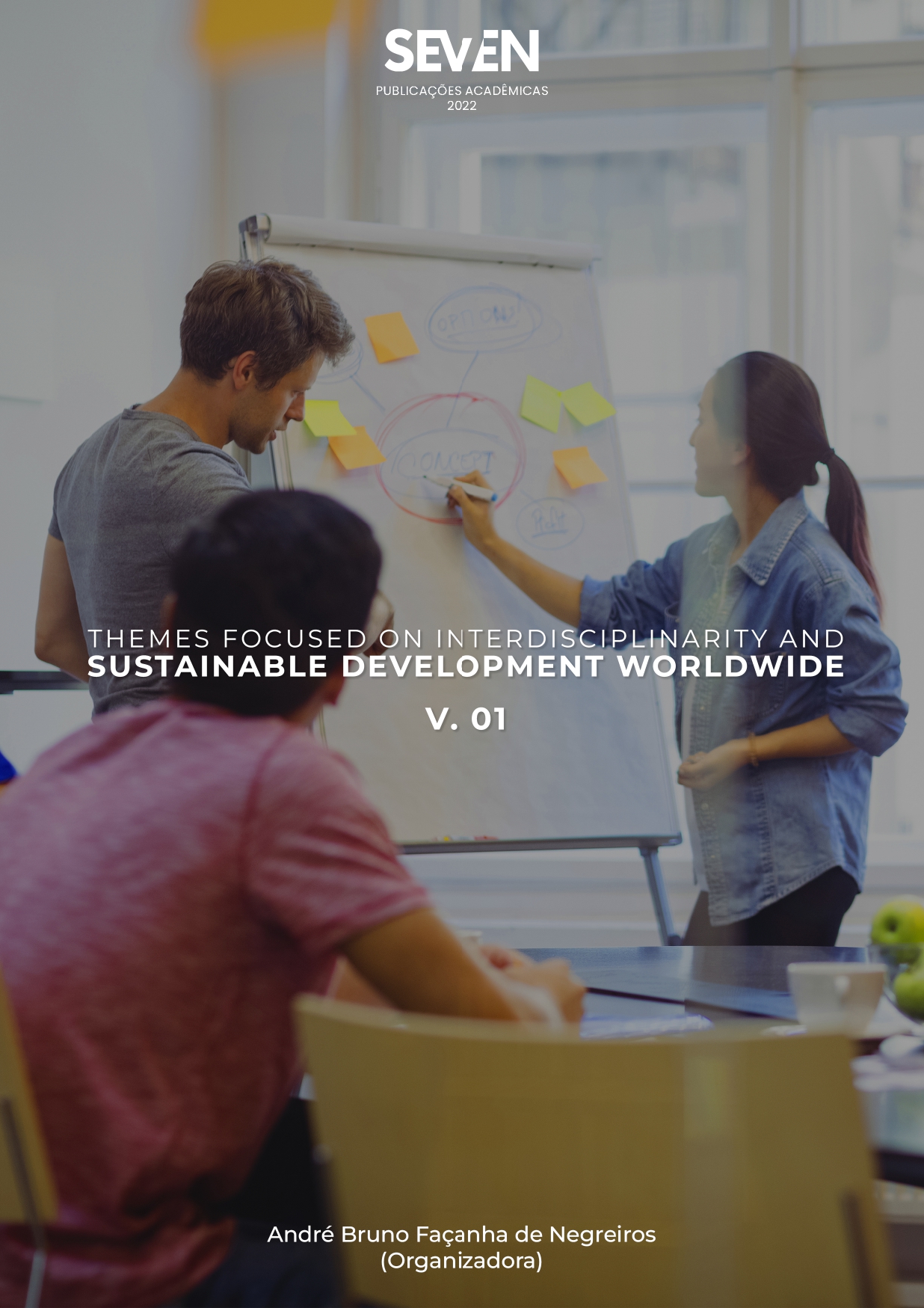Algebraic and Geometric Representations in Teaching Metric Relationships in Right Triangles
Keywords:
Triangles, Semiotic Representation Theory, Duval, GeogebraAbstract
A quick search on Google returns tens of thousands of results for the topic Metric Relationships in the Right Triangle. Among these results, there is a large amount of teaching materials, used and made available by several teachers in the country, which in general use an almost entirely algebraic approach to such content in the classroom. With the exception of the three classical right-angled triangles used in the demonstration, we don't often see other geometric resources that can enrich the teaching process of the content in question. In his research, Raymond Duval, author of the Theory of Semiotic Representation Registers - TRRS, came across similar situations, and realized that by limiting the different representations of the same mathematical object, we are also limiting the student's understanding of this topic. One of the tools well known in the academic world, the GeoGebra application allows associating each algebraic element of a mathematical equation to its geometric representation, thus being an interesting alternative to demonstrate the importance of the problem presented under the Duval Theory view. This research aims, therefore, to analyze the teaching materials on Metric Relations in the Right Triangle, used by elementary school teachers in Brazil and available on the Internet, from the perspective of the Theory of Semiotic Representations and develop, from these analyses, teaching material built from concepts and algebraic/graphical elements built in GeoGebra, to be made available as an alternative to teachers for use in the classroom.
Downloads
Published
Issue
Section
License
Copyright (c) 2023 Herminio Edson Maia Santana, Gutemberg Leão Brasil, Camila da Costa Pinto

This work is licensed under a Creative Commons Attribution-NonCommercial-NoDerivatives 4.0 International License.





